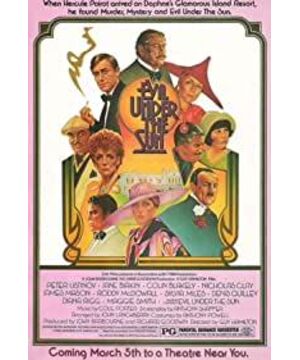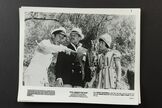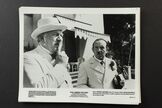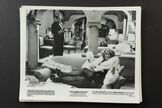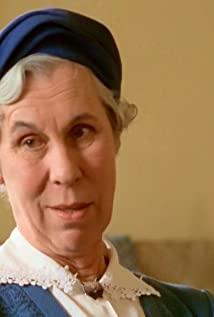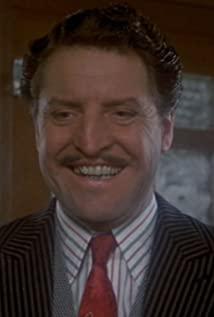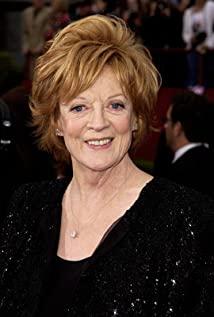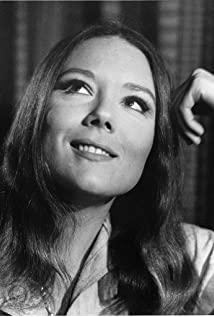Sins in the Sun (1982 Edition) is an adaptation of the detective novel written by the famous writer Agatha Christie. A puzzling case is told. Beginning with the death of famous actress Alena, every suspect present has a motive and an alibi. Detective Poirot is invited to solve the mystery.
There is a very obvious suspense in this film. At the beginning of the film, a dead woman is found on the grassland. The author brought up the names of the victims and the crime scene in less than two minutes. Immediately afterwards, the topic changed, the case was never brought up from beginning to end, and the role of this scene was revealed near the end. However, the suspense of less than two minutes can't help but have this question from beginning to end when I watch the film: "How did that girl die?" Therefore, the suspense here is noticeable, Highlight the content related to solving the case, enhance the appeal and expressiveness of the work, and add the role of the ups and downs of the work. In this way, it creates a mood of expectation for the audience, and when the final release is released, the mood that has been tense and anticipation can be satisfied.
Another thing that struck me was the Latin foreshadowing. In the process of solving the case, the murderer usually revealed to Poirot that he was a Latin teacher in a joking way. I didn't notice it at the time, but I doubt it's useful here for the rest of the film. Bullshit in detective movies is rare, and this is no exception. Sure enough, this foreshadowing provides good evidence for Poirot's reasoning at the end of the film. I think this foreshadowing is a very typical example. The so-called foreshadowing is to use the fewest sentences to suggest the plot that will appear in the work later. The ingenious foreshadowing seems to be the "idle pen" that the author adds when he is bored, and it seems meaningless until its "response" is revealed. The foreshadowing here makes the final mystery revealed complete and credible. The structure of the work is well-rounded, the conception is exquisite, and the writing is meticulous. This makes the audience suddenly realize but also feel intriguing in a way that makes sense.
These two precise suspense and foreshadowing make me admire this writer. However, the image of the actors in the film is also very shocking. What blew my mind the most was the appearance of Kristen Redfern near the end. Before the film, Christine's image has always been a submissive, gentle and pleasant image. When revealing the murderer and they were about to leave, she seemed to be a different person. Dressed in black and white clothes, with heavy makeup, she greeted everyone's bewildered gaze with a hint of cold and provocative eyes. This contrast shows the murderer's cunning and clever features.
All in all, I personally highly recommend this movie. Among them, the murderer's method of committing crimes seems to be seamless, but it is often because of these small details that our great detective Poirot finally solves the case. In fact, almost all the clues are in front of our eyes, and when the detective solves the mystery for us, we can suddenly realize it. I think in a good detective movie, the audience can't guess the answer until the detective solves the mystery, even if the clue is right in front of us. And Sin under the Sun, at least for me, did just that.
View more about Evil Under the Sun reviews


